12 Tell-Tale Signs Your Dog Is Depressed
Dogs have moods, too, and sometimes, those tail wags take a little vacation. Maybe your pup’s been moping around like a furry couch potato or turning up its nose at treats that used to disappear in seconds. These aren’t random and could be signs that your four-legged buddy is feeling low. Before jumping to conclusions, it helps to know what to watch for. Our guide breaks down the little clues that often go unnoticed but speak volumes about your dog’s emotional state.
Changes in Appetite
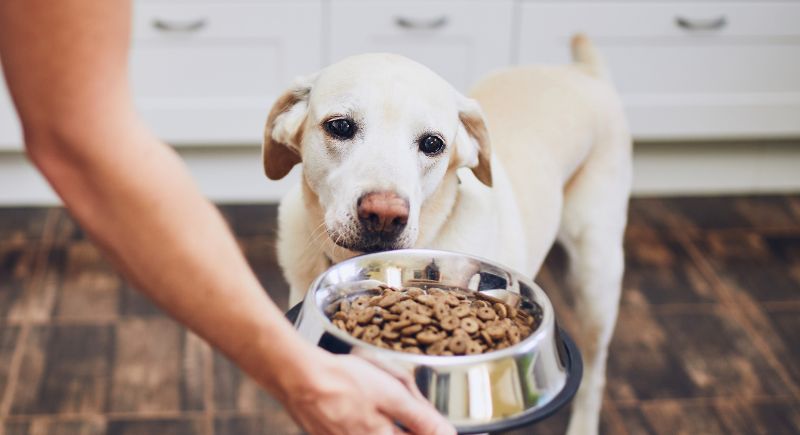
Credit: chalabalaphotos
When your dog snubs their favorite meal or starts inhaling food like there’s no tomorrow, something might be up emotionally. Shifts in appetite—eating way less or way more—can be one of the sneaky signs of canine depression. Food habits are a window into their feelings, even if they can’t say it.
Increased Irritability
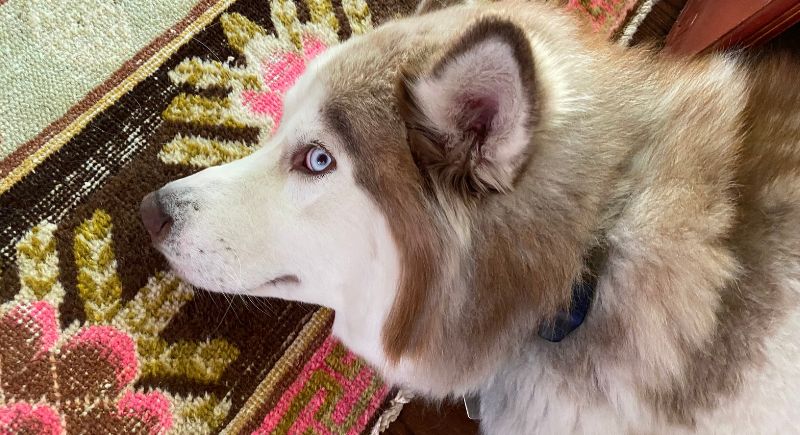
Credit: Getty Images
If your usually mellow dog starts snapping at little things or giving side-eye over stuff that never used to bother them, moodiness could be setting in. Increased irritability is often a sign they’re emotionally out of sorts. It’s not bad behavior—it’s frustration, stress, or sadness bubbling to the surface.
“Sad” Expression

Credit: Canva
That classic puppy-dog face might be more than a guilt trip for snacks. If your dog’s eyes look droopier than usual or their ears stay pinned back, they could be showing signs of emotional discomfort. Facial expressions can reveal a lot, and sometimes, those sad features mean they’re feeling truly low.
Loss of interest in activities
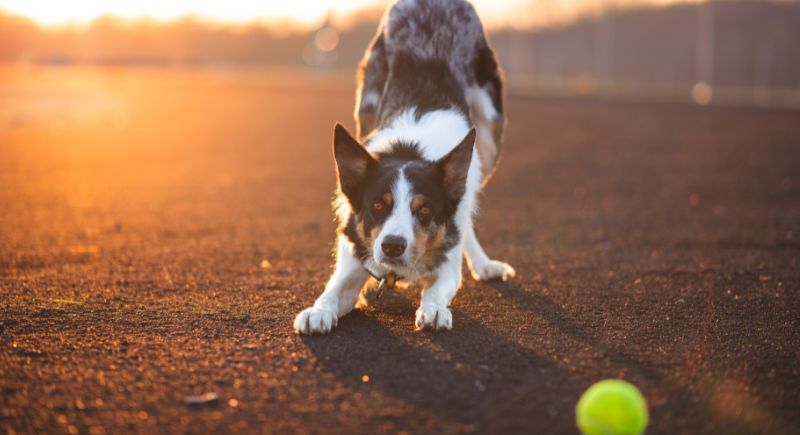
Credit: pexels
When a dog suddenly acts like fetch is beneath it or walks are a chore, it’s worth paying attention to. A loss of interest in once-loved activities can signal something’s off emotionally. This shift in energy is a quiet cry for help that deserves a little extra attention.
Lethargy and Fatigue
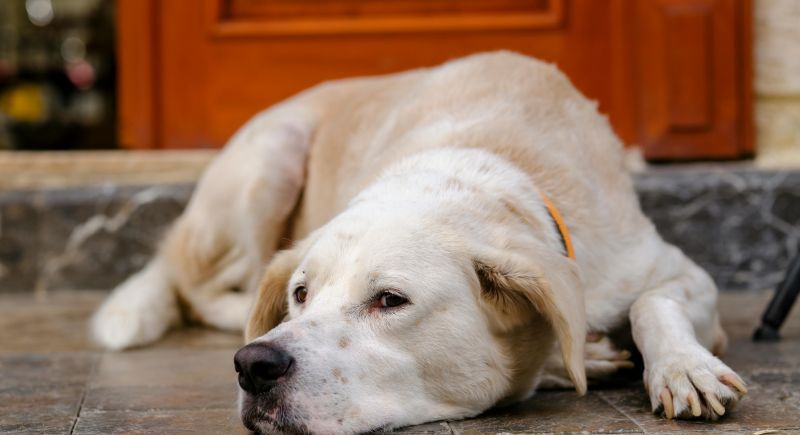
Credit: pexels
If your dog’s lounging like it’s a full-time job and skipping the usual excitement when you grab the leash, that sluggish vibe might mean more than being tired. Lethargy and fatigue are classic signs of doggy depression.
Withdrawing or Hiding

Credit: Getty Images
When your dog starts disappearing under beds or retreating to quiet corners, it’s more than a quirky phase. Withdrawing from people or hiding away can be a subtle sign they’re feeling down. Dogs are social by nature, so when they suddenly crave solitude, something emotional could be weighing them down.
Changes in Sleep Patterns

Credit: Getty Images
Dogs that suddenly start snoozing through the day like a hibernating bear—or pacing at night like they’ve got jet lag—might be restless. Changes in sleep patterns, whether it’s oversleeping or struggling to relax, often reflect a deeper emotional shift that’s worth gently checking in on.
Increased Vocalizations
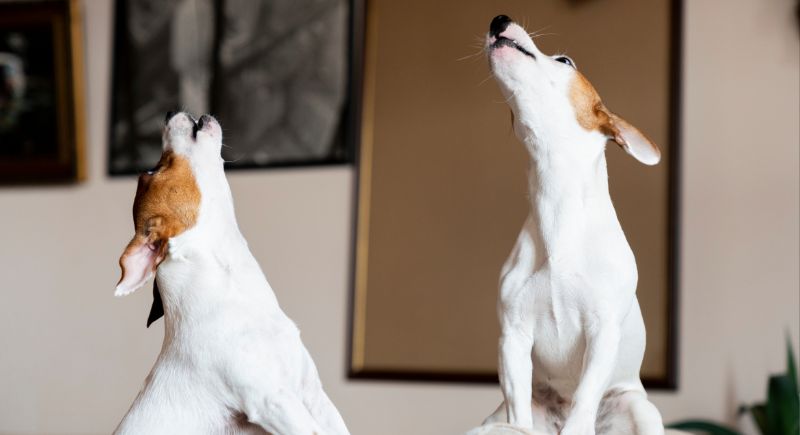
Credit: Getty Images
It’s normal for dogs to vocalize, but if your quiet dog has turned into a nonstop whiner, they might be trying to tell you something. Increased vocalizations sometimes act like emotional signals. It’s your dog’s version of venting when they’re feeling off.
Clingy or Needy Behavior
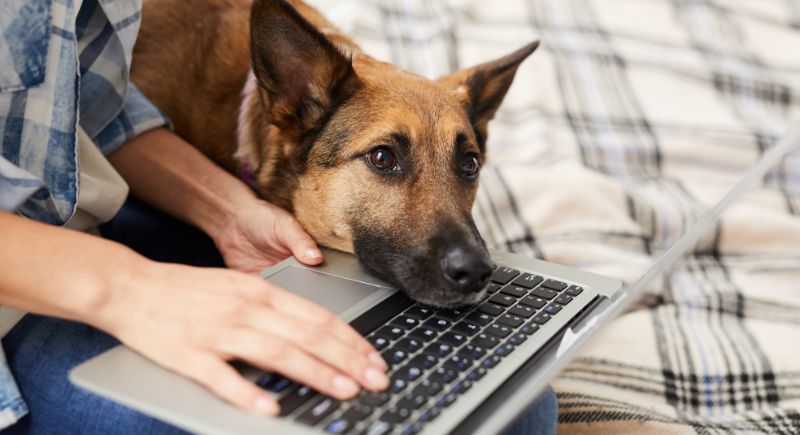
Credit: Sevent yFour
All of a sudden, your dog is stuck to you like Velcro, following you from room to room and demanding nonstop attention–As lovely as it sounds, this might be worth investigating. Clingy behavior can be a sign they’re feeling insecure or emotionally low. It’s their way of saying, “Don’t leave—I need some extra comfort right now.”
Changes in Grooming

Credit: Getty Images
Dogs thrive on routine, so if your dog suddenly stops caring about its usual clean routine—or starts licking one spot like it’s a full-time job—it could be an emotional red flag. Changes in grooming, whether neglect or obsession, are often coping mechanisms. It’s their silent way of dealing with stress or a dip in mental wellness.
Pacing or Restlessness
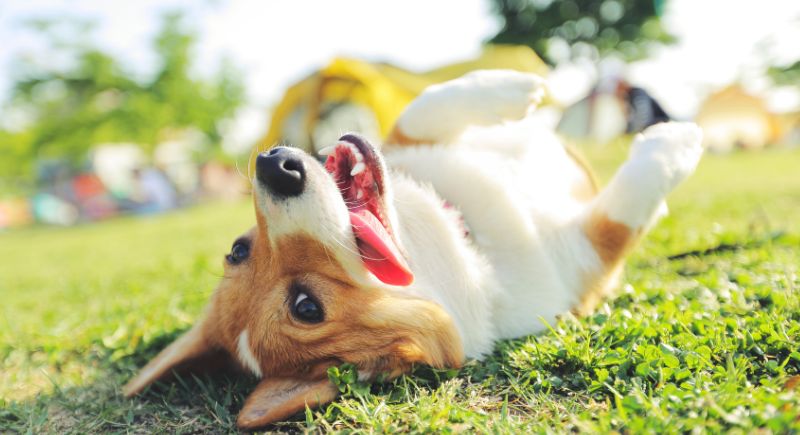
Credit: Getty Images
Pacing, circling, or restlessness—particularly during nighttime—can be a sign of inner turmoil. It’s like your dog’s mind won’t shut off, and anxiety often stems from feeling emotionally unsettled or disconnected from their routine.
Weight Loss or Gain
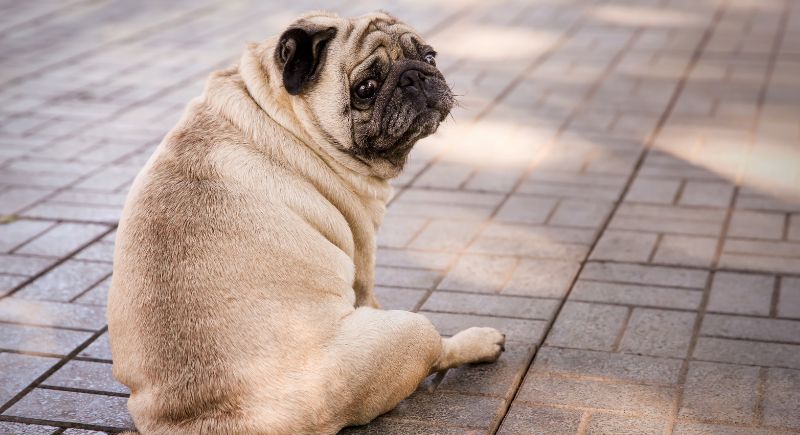
Credit: pixelshot
Noticing your dog’s collar fitting looser—or tighter than usual? Sudden weight changes can be a physical clue to an emotional issue. When dogs are depressed, shifts in appetite often lead to either shedding pounds or packing them on.
Dull Coat
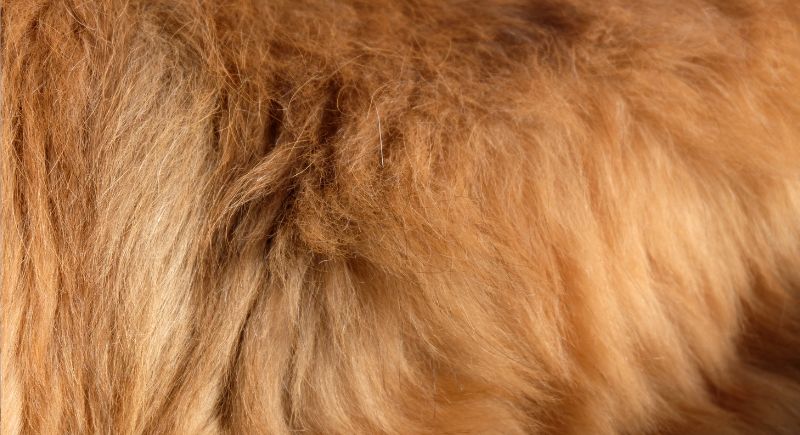
Credit: Getty Images
You might notice your dog’s coat losingits shine and starting to look a little lackluster. A dull coat can point to poor health—and sometimes that’s tied to emotional well-being. Stress and sadness take a toll, even on fur. It’s one of those quiet signs that something’s off inside.
Unusual Behavior or Accidents
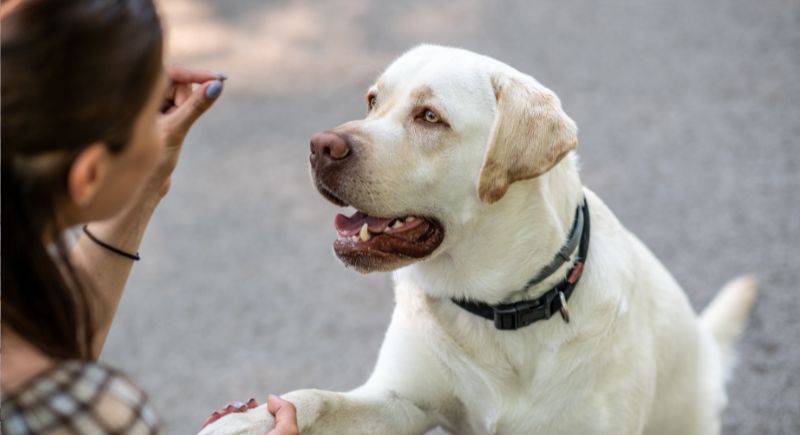
Credit: Getty Images
A perfectly house-trained dog suddenly peeing indoors or acting totally out of character? That is often emotional distress bubbling up. Depression can throw off their usual routines and lead to unexpected behavior. When things feel off, dogs sometimes act out in ways that signal confusion, sadness, or anxiety.
Avoiding Eye Contact
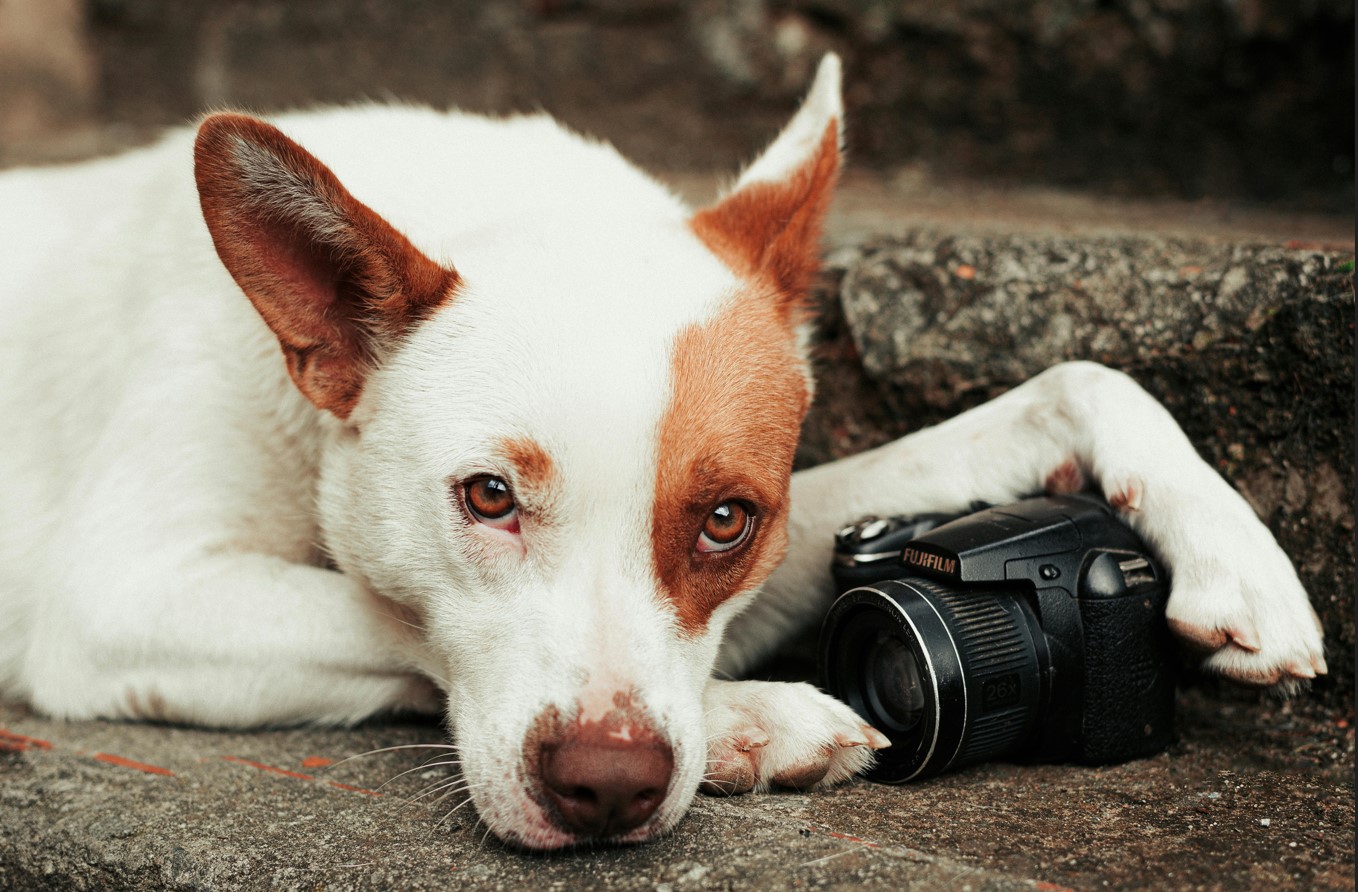
Credit: pexels
If your dog suddenly starts dodging your gaze or looking away when you talk to them, it could be more than stubbornness. Avoiding eye contact can be a subtle sign of feeling disconnected or down, especially if they usually look at you like you’re the best thing since peanut butter.
Loss of Curiosity

Credit: pexels
Dogs are naturally nosy little creatures, always sniffing out every new smell or sound. When your dog stops showing interest in new toys, visitors, or even that suspicious rustling outside, it might point to emotional fatigue. A lack of curiosity often means your pup’s spark needs extra care and attention.